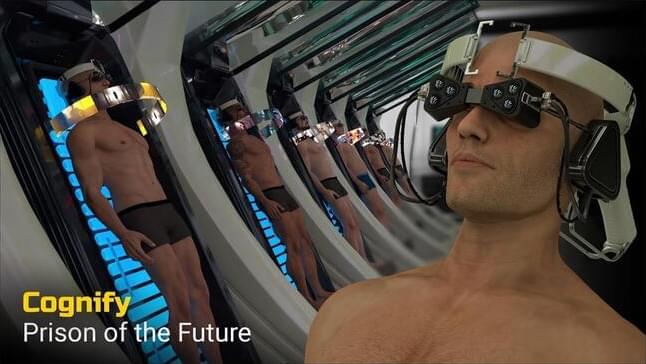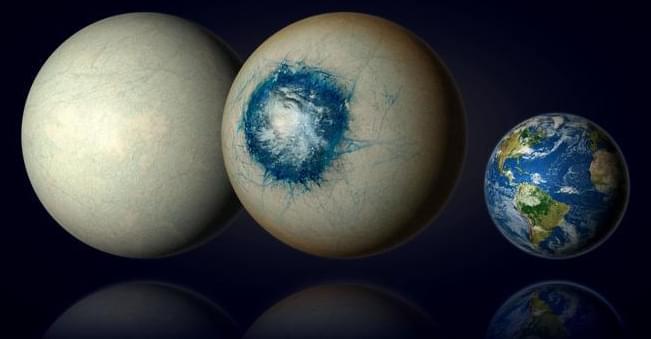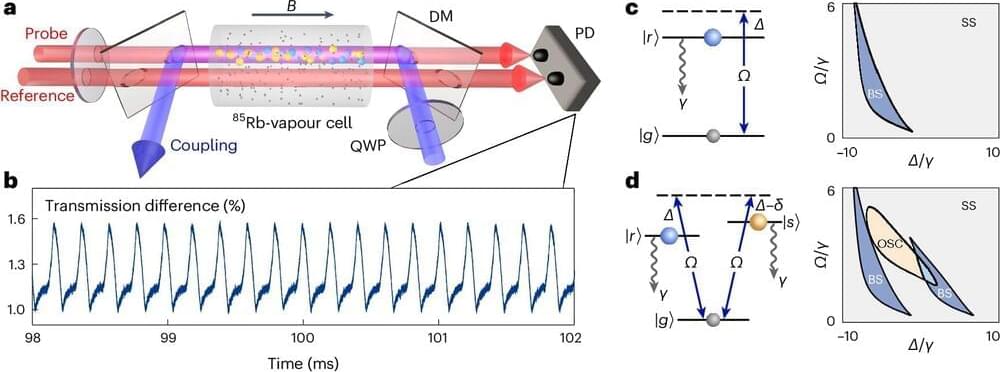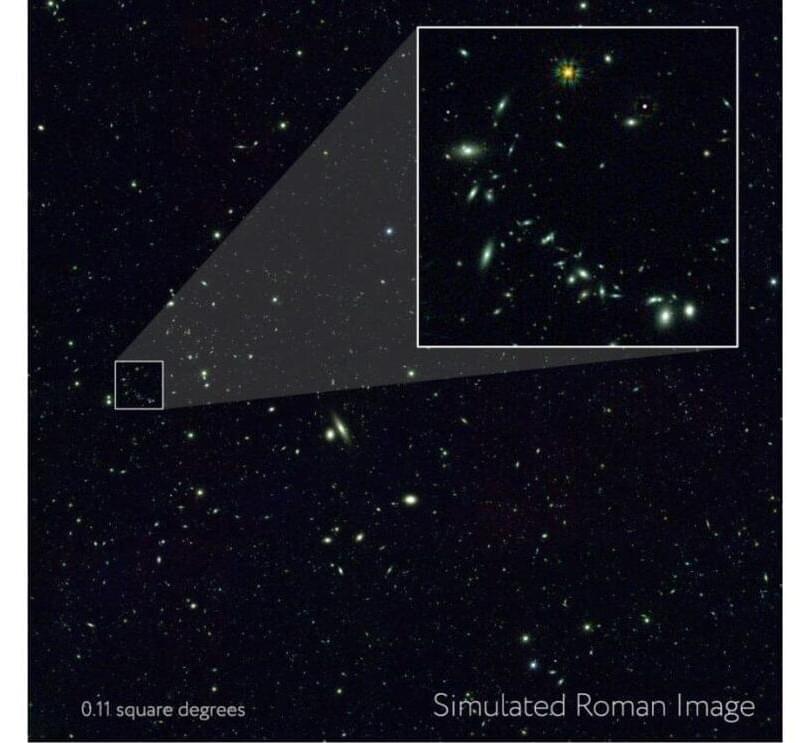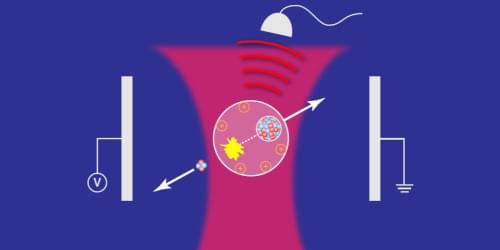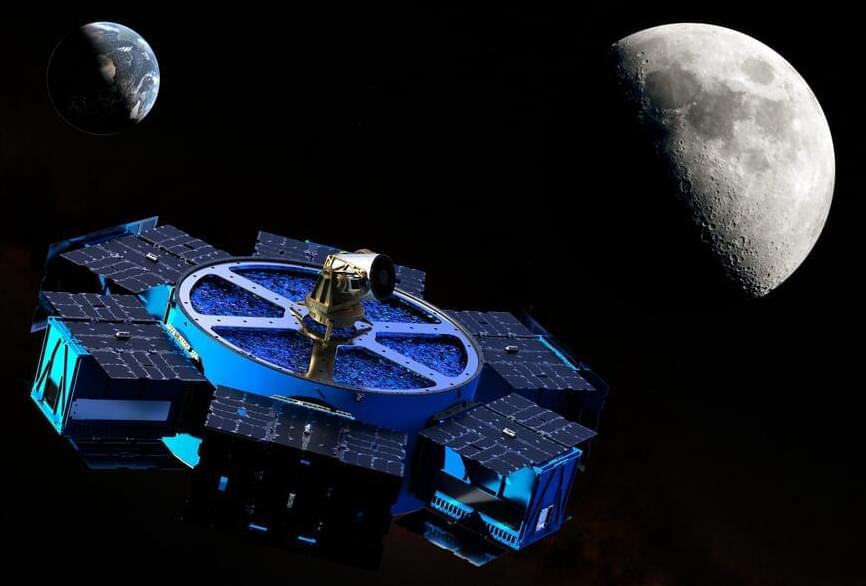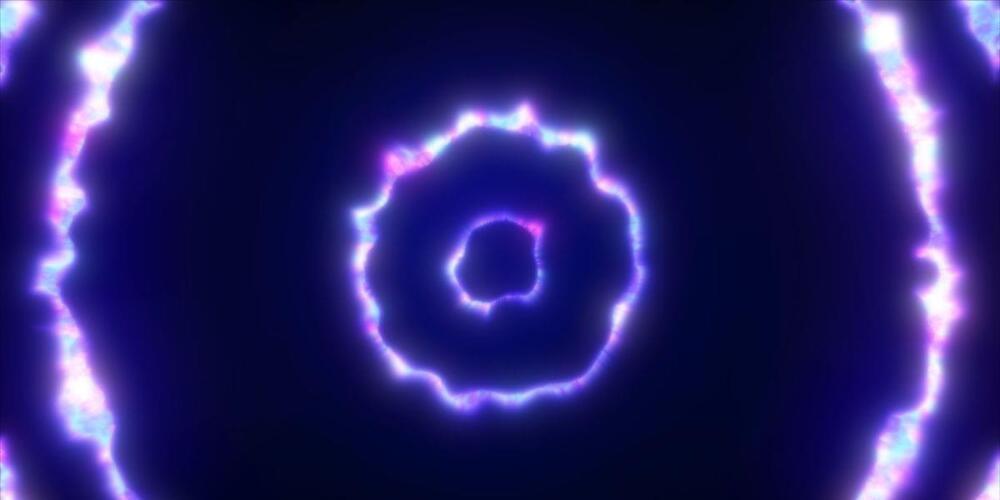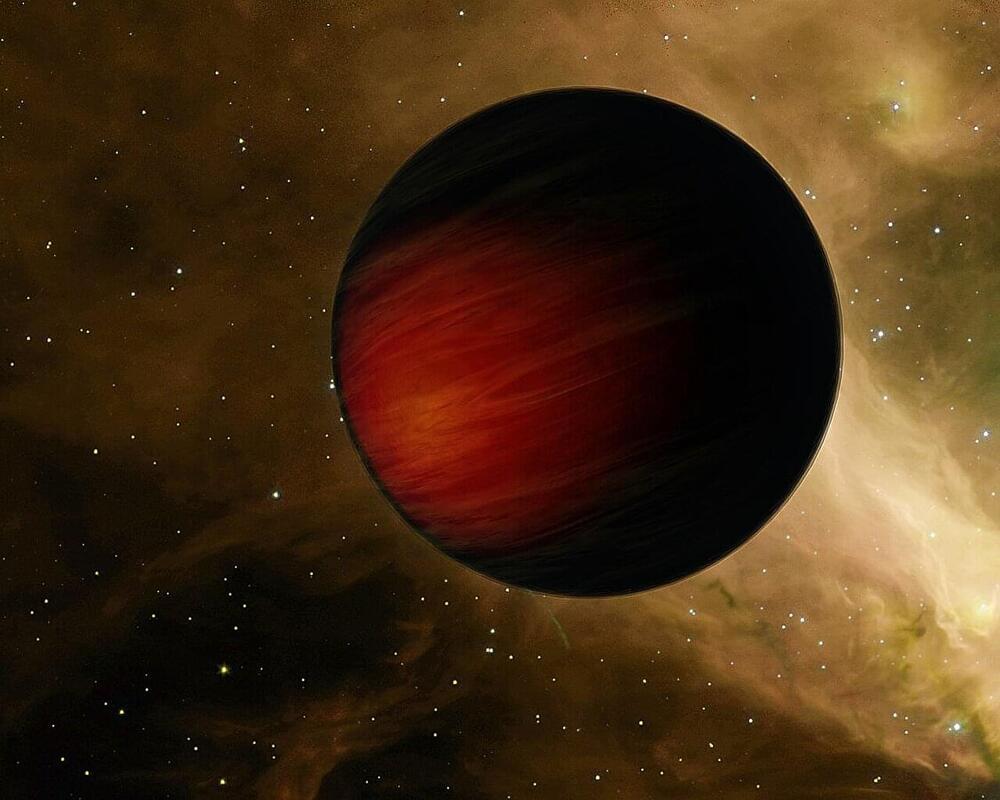
Using the CARMENES spectrograph, astronomers have found evidence of water vapor in the atmosphere of a hot Saturn exoplanet designated HD 149,026 b, dubbed Smertrios. The finding, reported in a research paper published on the preprint server arXiv, could be key to a better understanding of the structure and formation scenario of this alien world.
Smertrios is a metal-rich hot Saturn orbiting HD 149026—a yellow subgiant star of spectral type G0 IV, at a distance of some 248.5 light years. The planet has a radius of about 0.81 Jupiter radii and is approximately three times less massive than Jupiter. Previous observations have found that Smertrios orbits its host every 2.876 days, about 0.043 AU from it. The planet’s equilibrium temperature is estimated to be 1,693 K.
The team of astronomers led by Sayyed A. Rafi of the University of Tokyo in Japan employed CARMENES at the Calar-Alto Observatory to conduct high-resolution cross-correlation spectroscopy of Smertrios. Their main aim was to get more insights into the composition of this exoplanet’s atmosphere.
